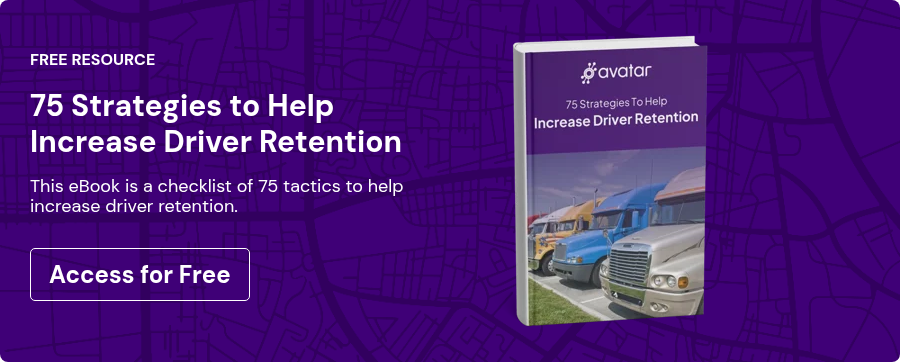Organizational change is usually conceived as logical, rational, orderly, and completed on a predictable time-frame. In reality, it is usually messy, chaotic, turbulent and takes much longer than expected.
The Four Basic Strategies
There are four basic change strategies, and most companies choose a strategy in line with their corporate belief systems. However, sometimes such strategies are chosen inadvertently because the company isn’t even aware of change strategies! The four strategies are based on how you think your employees will react to news of organizational change:
- Rational – In a Rational Change Strategy, people are perceived as thoughtful, rational beings who will follow their self-interests, once the change is revealed to them. With a Rational Strategy, change comes by communicating information and by offering incentives to people to make the change.
- Social – In a Social Change Strategy, people are thought of as social beings who will adhere to cultural norms and values. When the corporate norms and values change, then everyone will adopt the new culture because “everyone else is doing it.” With this strategy, change happens by redefining the existing norms and values and developing commitments to the new ones.
- Coercive – In a Coercive Change Strategy, employees are seen as basically compliant and will do what they are told to do. With coercion, change relies on the exercise of authority and imposition of sanctions for non-compliance.
- Adaptive– In an Adaptive Change Strategy, people are expected to oppose (at first) the disruption of their routines, but they are seen as readily willing to adapt to new circumstances. With an Adaptive Strategy, change is based on building a new organization or system and gradually transferring people from the old one to the new one.
Your Best Choice
So what’s the best change strategy for you? While there is no “one best” approach, Avatar considers five factors when selecting a change strategy:
- Target Population: Large populations are better served by a mix of all four strategies, so that at least one of the strategies resounds with each employee.
- Degree of Resistance: If vigorous resistance is expected, either a Coercive or Adaptive strategy (or a blend of the two) might work well. Weak resistance or general concurrence with the change might be addressed with a combination of Rational and Social strategies.
- The Stakes: High stakes make a case for a mix of all four strategies. When the stakes are high, nothing should be left to chance.
- The Time Frame: Short time frames argue for a coercive strategy. Flexible or longer time frames can be better met with the other three strategies.
- Change Management Expertise: If you have adequate expertise in managing change, then a mix of the strategies is probably the best bet. In the absence of such expertise, most companies revert to coercion – the “Theory X” change strategy.
We do not agree with the change curve presented by Jim Alampi that asserts everyone feels anger and depression when first presented with the need for change. In the clever short story by Spencer Johnson, Who Moved My Cheese?, two of the mice took off on the very first day in search of new cheese. It seems that some folks just handle change better than others.
The key is to properly introduce change, well in advance, with several small doses of affective messages. These should focus on answering the un-asked question on every employee’s mind: What’s in it for me?
A pre-emptive answer to these unasked questions can also be very effective in breaking down resistance to change.
- How will this hurt me?
- Why are they doing this?
- Why do they hate me?
- How will I survive this?
We believe that if you answer these questions up front, then change, using any strategy, goes a lot more smoothly. Most importantly, be sure to invite your employees to participate in the planning process and make contributions to the change initiative and everything will be a little easier.
Sign up for our newsletter
Get the latest articles on all things transportation delivered straight to your inbox.
Schedule a live demo

